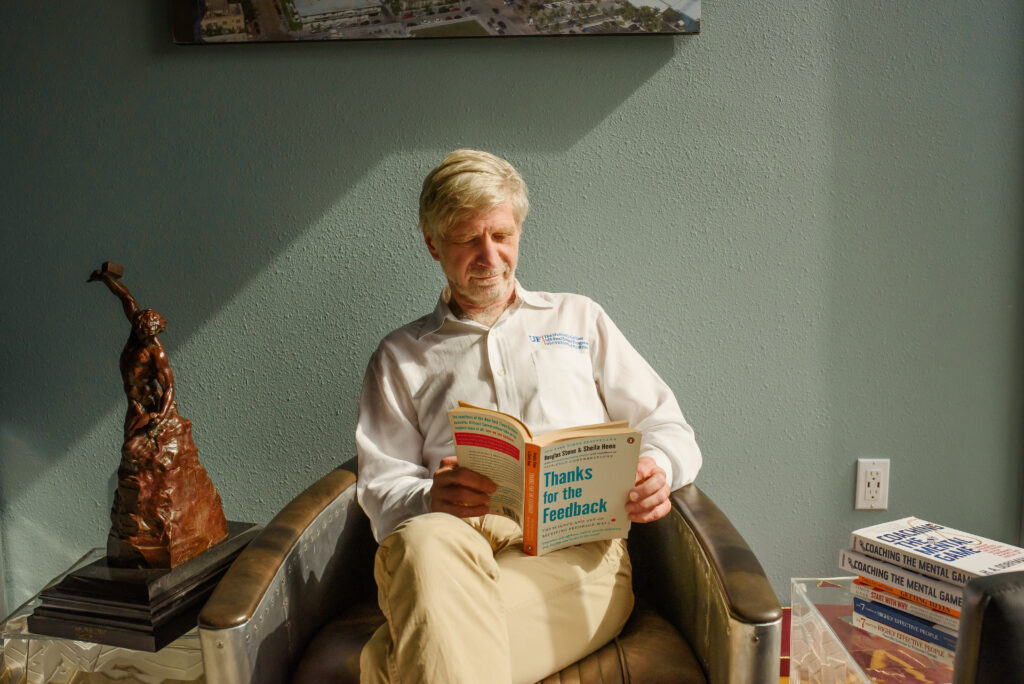Frugal innovation is a recently-popularized term characterized by careful, insightful, and economical use of resources, a specific kind of innovation that takes great care to minimize costs. Frequently used in conjunction with attempts to bring bare-bones but highly-effective technology to developing countries, such as the $100 laptop, frugal innovation is being embraced the world over.
Sometimes called constraint-based innovation, frugal innovation is not just about redesigning products. It involves rethinking entire production processes and business models, including persuading business partners to rethink their business models, too.
Strategies for frugality:
– reducing waste
– curbing costly habits
– suppressing instant gratification by means of fiscal self-restraint
– seeking efficiency
– avoiding traps, habitual ways of thinking
– defying expensive social norms
– embracing cost-free options
– challenging practice as usual, accept discomfort of change
– willingness to experiment, release old ways
How do we begin to become frugal innovators? Pick an important goal:
1. What are some of the easiest, smallest steps you can take to move in that direction very soon? Pick one.
2. What could help you take your next step soon? What could you do now?
3. Which colleagues are most likely to welcome your help? And then take a similar step?
4. What could help these receptive colleagues take similar steps soon? What could you do now?
The newly-elected British Prime Minister warned that the world may be facing “decades of austerity” to put its fiscal house in order. I suspect those individuals, societies, and organizations that master frugal innovation will be the ones leading the pack in coming years.





